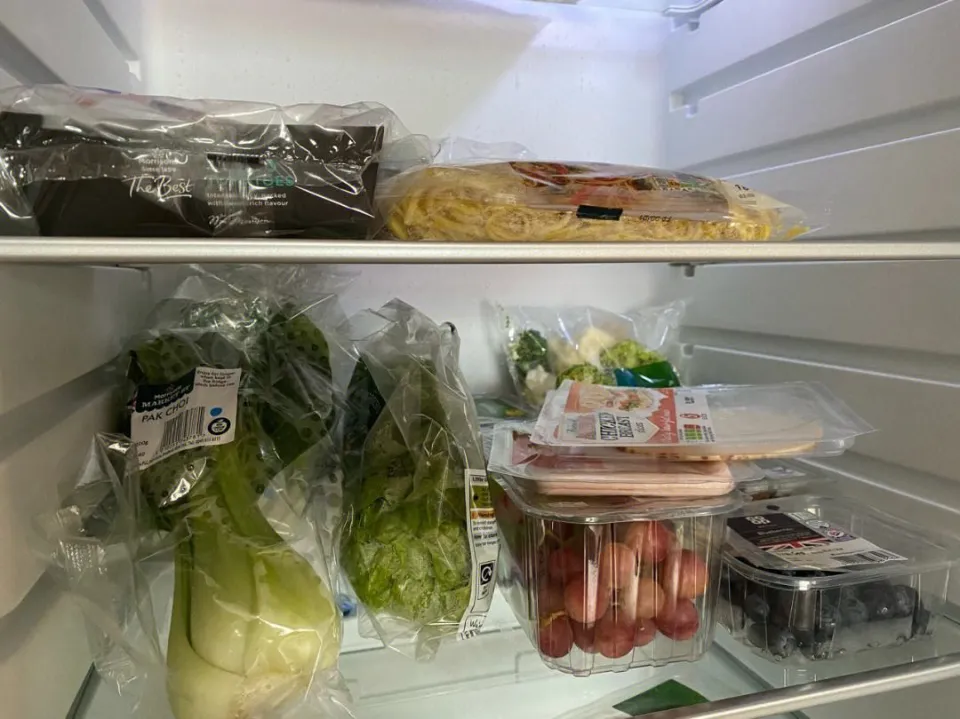
How Quickly Must Non-Frozen Ready-to-Eat Foods Be Consumed?
Time and temperature controls are not necessary for the safety of ready-to-eat foods that are obtained from an authorized source and in sanitary conditions.
Non-frozen ready-to-eat foods have a shelf life of 4 hours at room temperature or 2 hours in a cold environment.
You will learn how soon non-frozen ready-to-eat foods need to be consumed in this article.
What is Non-Frozen Ready-To-Eat Foods?

Foods that don’t require cooking or reheating are considered non-frozen ready-to-eat. Sushi, deli meats, salads, sandwiches, and other foods fall under this category. In grocery store delis, cafeterias, and take-out restaurants, you can frequently find these kinds of foods.
These foods are prepared to be eaten, as the name implies. They don’t need to be cooked before being eaten. They are also often packaged with a date by which they should be consumed by. The date is typically stamped or marked on top of the food item itself or on the packaging. If they are outdated, what then? A common misconception is that all food past its sell by date will become toxic and dangerous to eat. While this is not true for many foods, it is true for some, including fish, poultry, eggs, and cheese.
Read More:
How Quickly Do These Foods Have to Be Consumed?
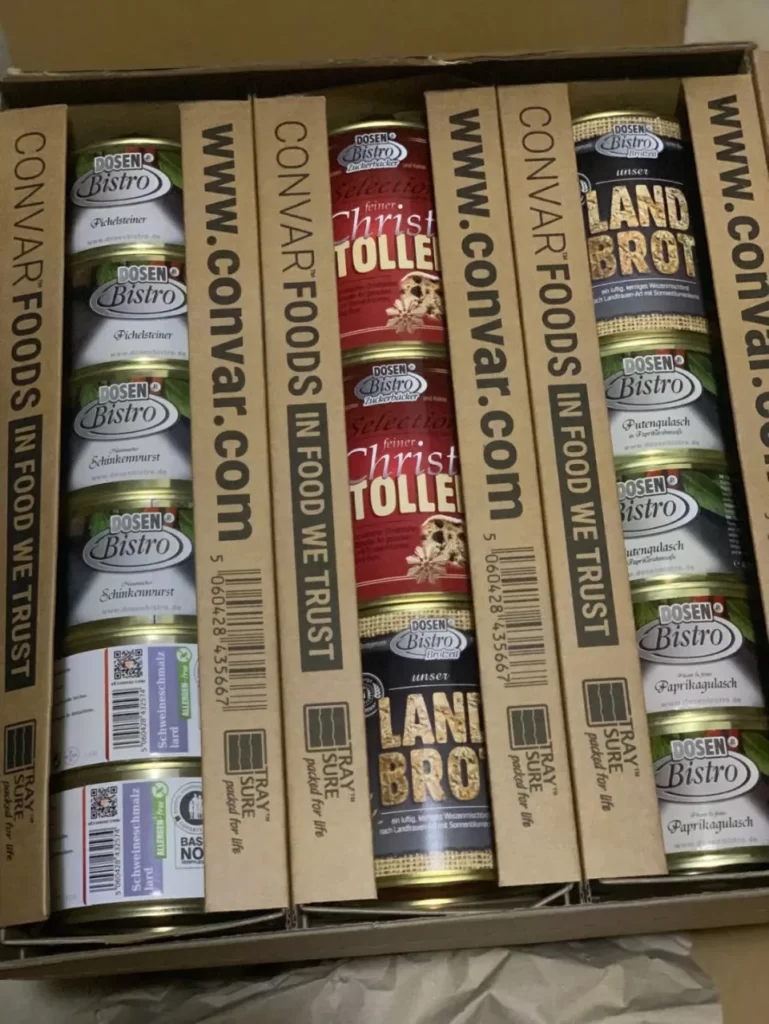
Non-Frozen Ready-to-Eat food must be eaten within two hours of preparation, on average. There are a few instances where this rule does not apply. For instance, if the food was kept in a cooler or an insulated container, it could be consumed up to four hours after preparation. In addition, food may be consumed up to six hours after preparation if it is being served at a picnic or outdoor event.
What Are the Risks of Defrosting Foods in Microwaves?
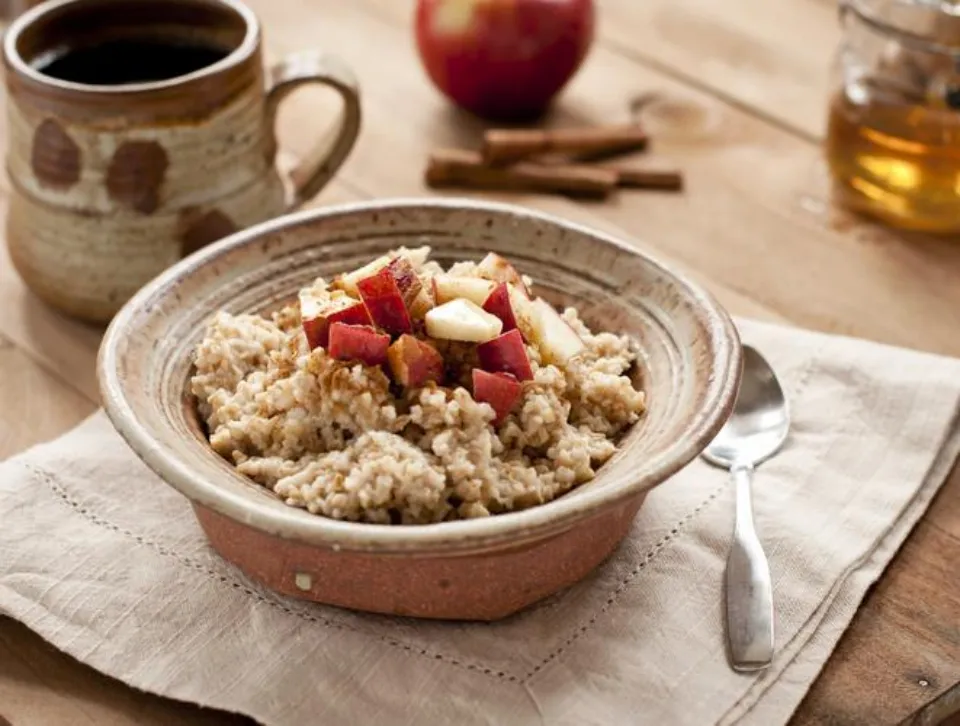
Using microwaves to thaw food carries a number of risks. Bacteria can firstly grow as a result of uneven heating. Second, heating up food can cause some chemicals to be released that are potentially harmful to your health. Third, microwaves can cause changes in the structure of food, which can make it less nutritious.
Finally, microwaves can actually cook Non-Frozen Ready-to-Eat food instead of just defrosting it, which can make it tough and unappetizing. For these reasons, the majority of people advise defrosting food on the stovetop or in the oven as opposed to the microwave.
If you do use a microwave, take caution not to overheat the food by checking on it every few minutes and stirring/flipping it if necessary. Short bursts of microwave cooking are also preferable to continuous, prolonged cooking. Instead of placing thawed food directly onto plates, it is preferable to put it into containers so that heat is less likely to escape from the top and sides.
What Do the Labels Mean?
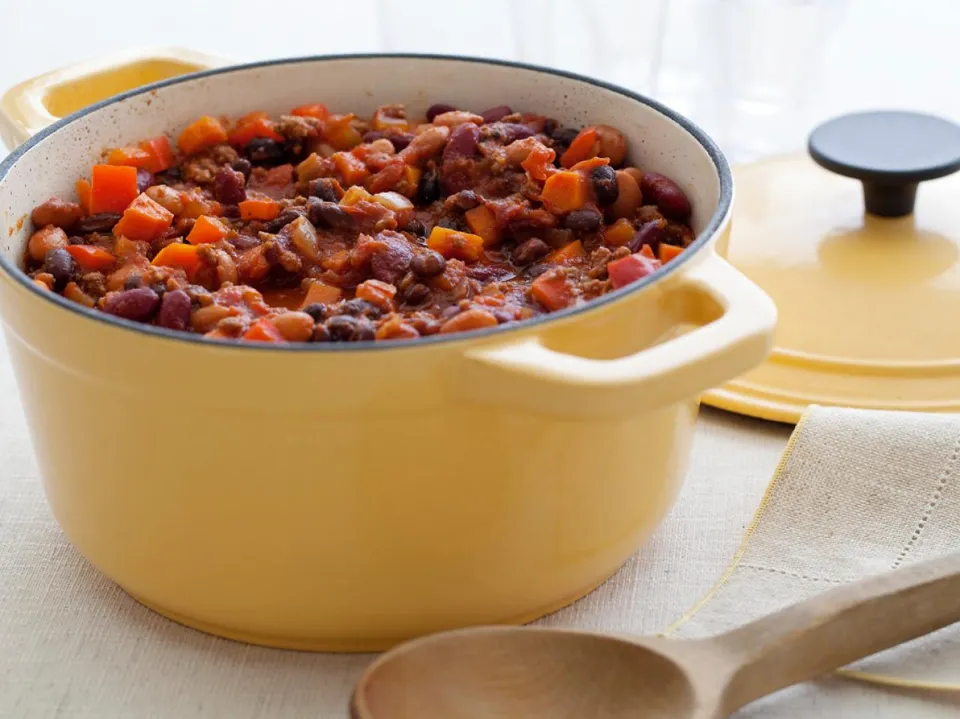
The food should not be consumed after that day for safety reasons, which is referred to as the “use-by” date. After this date, food may go bad, but it is still safe to eat it. The Non-Frozen Ready-to-Eat food can only be sold in stores until the date indicated on the sell-by label.
The food is still safe to eat after this date even though it may not appear to be as fresh. Similar to the use-by date is the best if used by (or before) date. The date shows when the manufacturer believes the product will no longer be at its highest quality. These dates do not, however, indicate when food might actually spoil or become unsafe to consume.
These labels only indicate an estimate of when products might begin to lose flavor and nutritional value – at which point consumers may want to consider using them.

How Long Can I Keep Food in the Refrigerator?
The average person probably doesn’t think much about how long food can keep in the refrigerator. After all, as long as the power is on, food will stay cold, right?
False: The U.S. Department of Agriculture (USDA) advises keeping all perishable food at 40°F or below (Non-Frozen Ready-to-Eat food that can spoil or become contaminated by bacteria). Raw and cooked foods are included in this.
The fridge may have been left open for a long time, so keep that in mind as well. For instance, if there is no power outage and the refrigerator has been running while closed, and you have opened it several times per day, it will take longer for the temperature to drop each time.
Why Are There No Rules About Expiration Dates?
Federal laws that mandate manufacturers to label food products with expiration dates do not exist in the United States. Expiration dates are meant to indicate peak freshness, not food safety. When handled properly, food can frequently be consumed safely for a long time after the expiration date.
According to the USDA, it is safe to consume meat, poultry and egg products one day beyond the sell by or use by date. It’s also crucial to understand how long Non-Frozen Ready-to-Eat foods last in various environments; for instance, at a temperature of 40 degrees Fahrenheit, food will remain fresh for three days while being frozen will extend their shelf life to 12 months.

What Does the Future Hold for Expiration Dates?
If you’re like most people, you’ve probably thrown away Non-Frozen Ready-to-Eat food because it was past the expiration date. When you go grocery shopping, the expiration date of an item is likely the one you focus on the most. It usually says on the package something along the lines of “use by” or “sell by.”
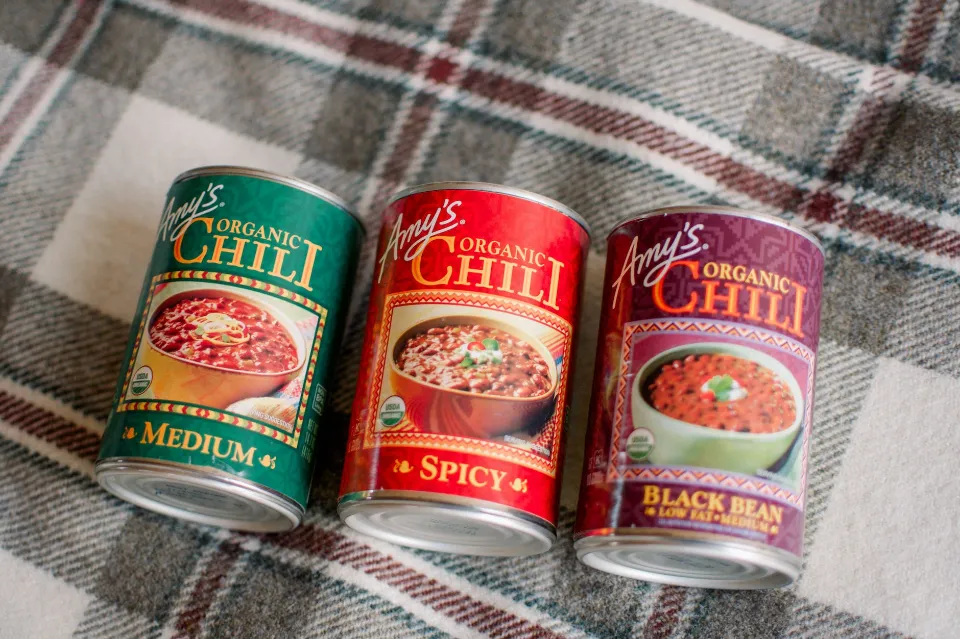
The FDA regulates these dates, which are intended to provide information about how long an item will be safe to consume after purchase. Are people actually aware of what these dates mean, though? They don’t just ignore them, do they follow them? And what impact do they have on your company? The truth is that by simply smelling and examining a food, you can usually determine its safety. It is probably still good, but people don’t want to take the risk of eating something that’s spoiled. So they just throw it out.
What would happen, however, if they wasted perfectly good food? They could potentially save some cash if they ignored the expiration dates. At the very least, the food has a good chance of being satisfactory. This is just one illustration of how expiration dates can harm your company.
What Are the FDA Rules for FRT Foods?
Non-frozen Ready-to-Eat (RTE) foods must be consumed within seven days of preparation, according to the FDA. To put it another way, if you start a dish on Monday, you have until Sunday to finish it. The food must then be discarded after that.
There are some exceptions to this rule, such as food leftovers from catered events. It’s important to note that other processed or perishable foods, such as canned goods or raw meat products, are not covered by these regulations; rather, they only apply to RTE foods that aren’t frozen.
How Long Does It Take for Food to Get to Room Temperature?
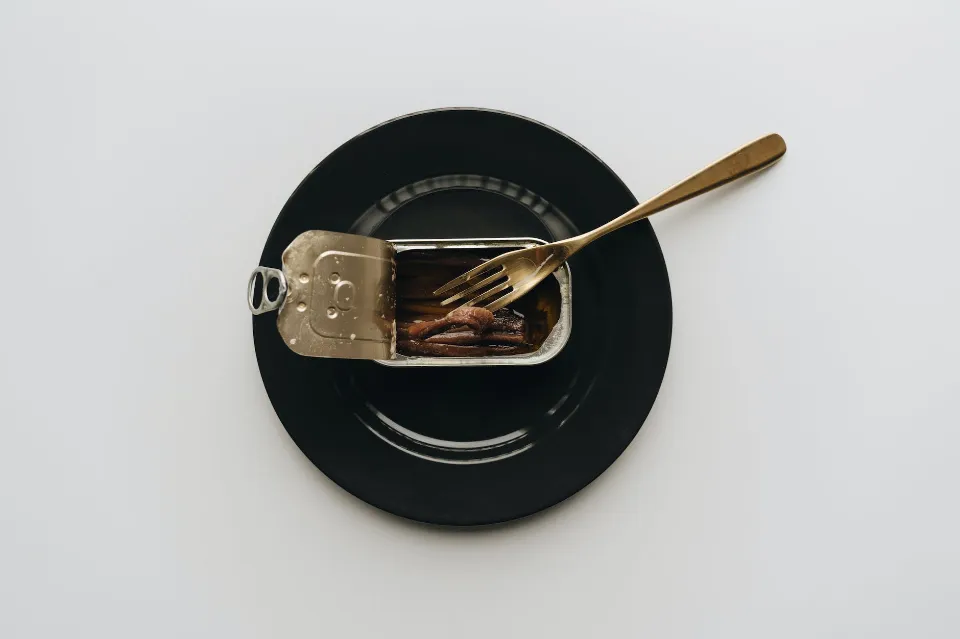
Generally speaking, Non-Frozen Ready-to-Eat foods that are labeled as non-frozen or ready-to-eat don’t require cooking before consumption. This means that they’ve already been through a food safety process and are safe to eat as is. The fact that a food is safe to eat does not guarantee that it will taste good if it is not consumed promptly.
Conclusion
Finally, understanding how quickly non-frozen ready-to-eat foods need to be consumed is crucial. In general, these types of foods should be eaten within two hours of being prepared. A few exceptions do exist to this generalization, though.
Non-Frozen Ready-to-Eat food should not be consumed, for instance, if it has been at room temperature for more than four hours. In addition, food that has been in the refrigerator for over four hours should not be eaten. So, be sure to keep track of the time that food has been prepared or left out, in order to avoid any potential health risks.
FAQs
How Quickly Must Non-Frozen Ready-to-Eat Foods Be Consumed?
TCS foods that are ready-to-eat can be safely consumed in a four-hour window. They ought to be thrown away after four hours if they weren’t temperature-controlled. Foods that have been kept hot or cold can be served without regulating the temperature for up to four hours as long as they are thrown away after that.
Is It Safe to Eat Food Left Out for 4 Hours?
After two hours, throw away food that has been left out to cool and has gone unattended. Food left out at room temperature for longer than two hours is susceptible to bacterial growth.
How Long Can Food Be Held Hot?
For maximum food safety, a temperature of 135 degrees for no more than 8 hours or a temperature of 140 degrees for no less than ever is recommended.




Average Rating